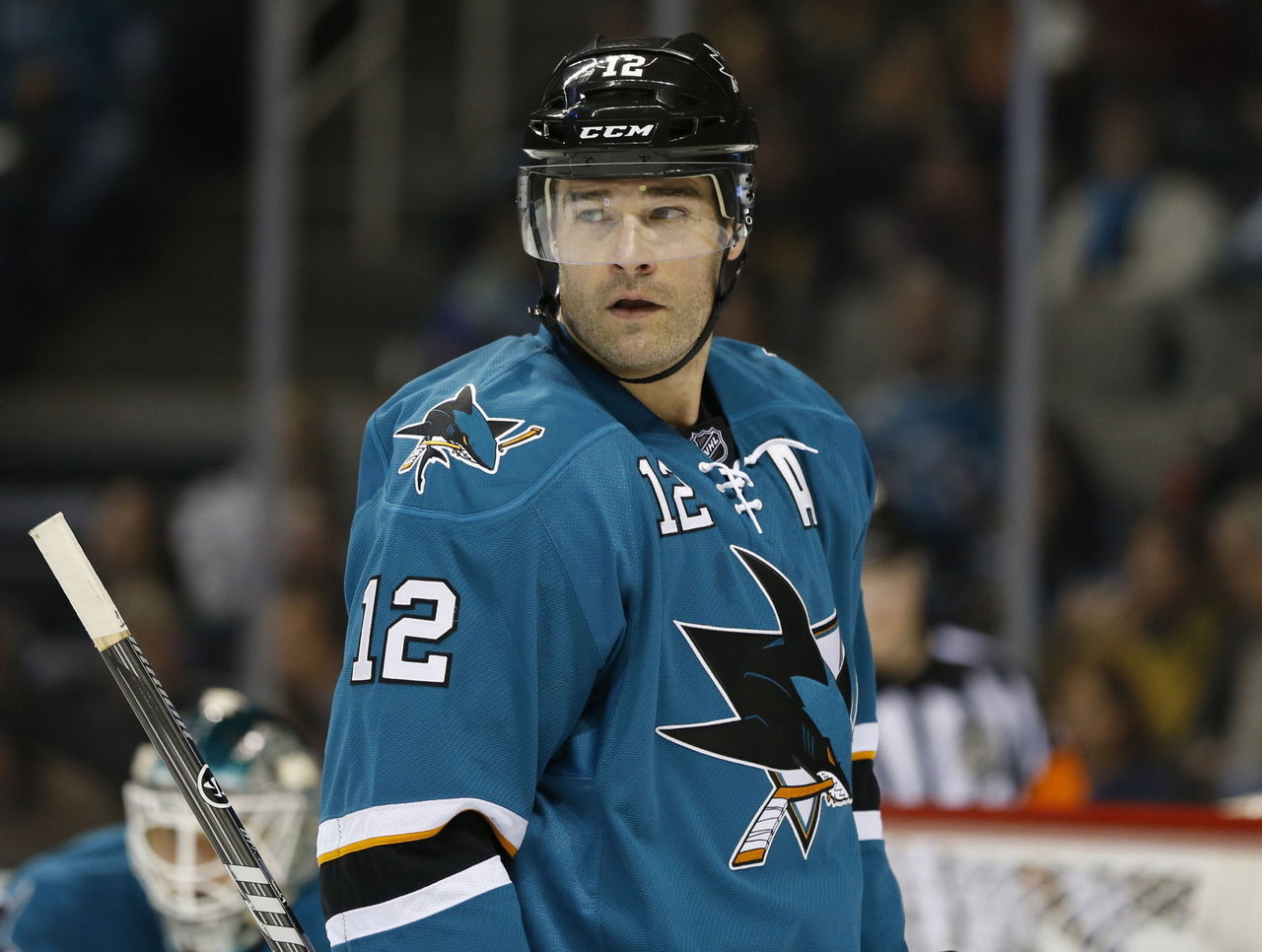What to look for in a forward matchup
Follow theScore's fantasy feed on Twitter (@theScoreFantasy) for the latest news, features and more. And download Squad Up, theScore's free-to-win-money sports game.
The ranking of an opponent in goals allowed rarely tells the whole story. So much more goes into what has the makings of a favorable matchup for a forward. Here is what to look for in a forward matchup in daily fantasy hockey:
Forward/Defense mismatches
It's very important to look at which defense pairing your forward will be going up against. If you choose a forward who plays on the top line, then he will likely go up against the opposing teams top shutdown D pairing.
Size and physicality is a great way to identify mismatches. For example, the Anaheim Ducks potential top line of Nick Ritchie (6-foot-2, 232 pounds), Ryan Getzlaf (6-foot-4, 221 pounds) and Corey Perry (6-foot-3, 210 pounds) are all hulking power forwards, and the latter two have exceptional skill sets.
If Anaheim were squaring off against the Philadelphia Flyers, this line would be a major mismatch for the entire defense corps. None of their projected D stand over 6-foot-1 or weigh more than 204 pounds. Anaheim's top line could dominate physically down low and would surely net a couple of goals.
On the other end of the spectrum, a line possessing elite speed has a huge advantage over a D pairing that lacks great foot speed. It is important to know which D pairings play against top lines and second lines. Corsica.Hockey or leftwinglock.com are great sources to identify potential matchups.
Zone time
It is important to target teams who allow a lot of shots and spend a lot of time playing in their own end. Last season, the Colorado Avalanche finished with a league-worst 45.25 Fenwick For Percentage at 5v5. Although, Patrick Roy is no longer behind the bench for the Avs, so the possession split could change. Arizona and Vancouver finished 29th and 28th, respectively, in FF%, according to Corsica.Hockey.
In retrospect, the forwards you choose should, but don't necessarily have to, play for teams with favorable possession stats. The Los Angeles Kings ranked first in the NHL with a 56.17 FF%, but they ranked just 14th in goals for per game.
Another stat that can be used to predict the time of possession during a game is Defense Zone Finish Percentage (DZF%), which is the percentage of shift finishes ending in the defensive zone. If a team is finishing a lot of possessions in their defensive end, there's a good chance they will allow some goals.

Using the Schedule
This is a very simple, yet often overlooked vital piece of information to use when trying to exploit a matchup. If a forward is playing against an opponent playing their second game in as many nights, or third game in four nights, there is a chance this team comes out sluggish and allows some goals, increasing the likelihood of a big performance from said forward.
Another schedule quirk to keep in mind is east coast teams playing on the west coast, and vice versa. It can be easily forgotten, but professional athletes are humans too. Time change and jet lag can affect the quality of play.
HEADLINES
- Trade grades: Wild instantly become Cup contenders, Canucks score quantity
- Bedard injured in final second vs. Blues on 'freak accident'
- Canucks GM: Hughes trade not because of a culture problem
- Embiid drops season-high 39, leads 76ers past Pacers with Maxey out
- Pistons match NBA record for scoring balance in big win over Hawks